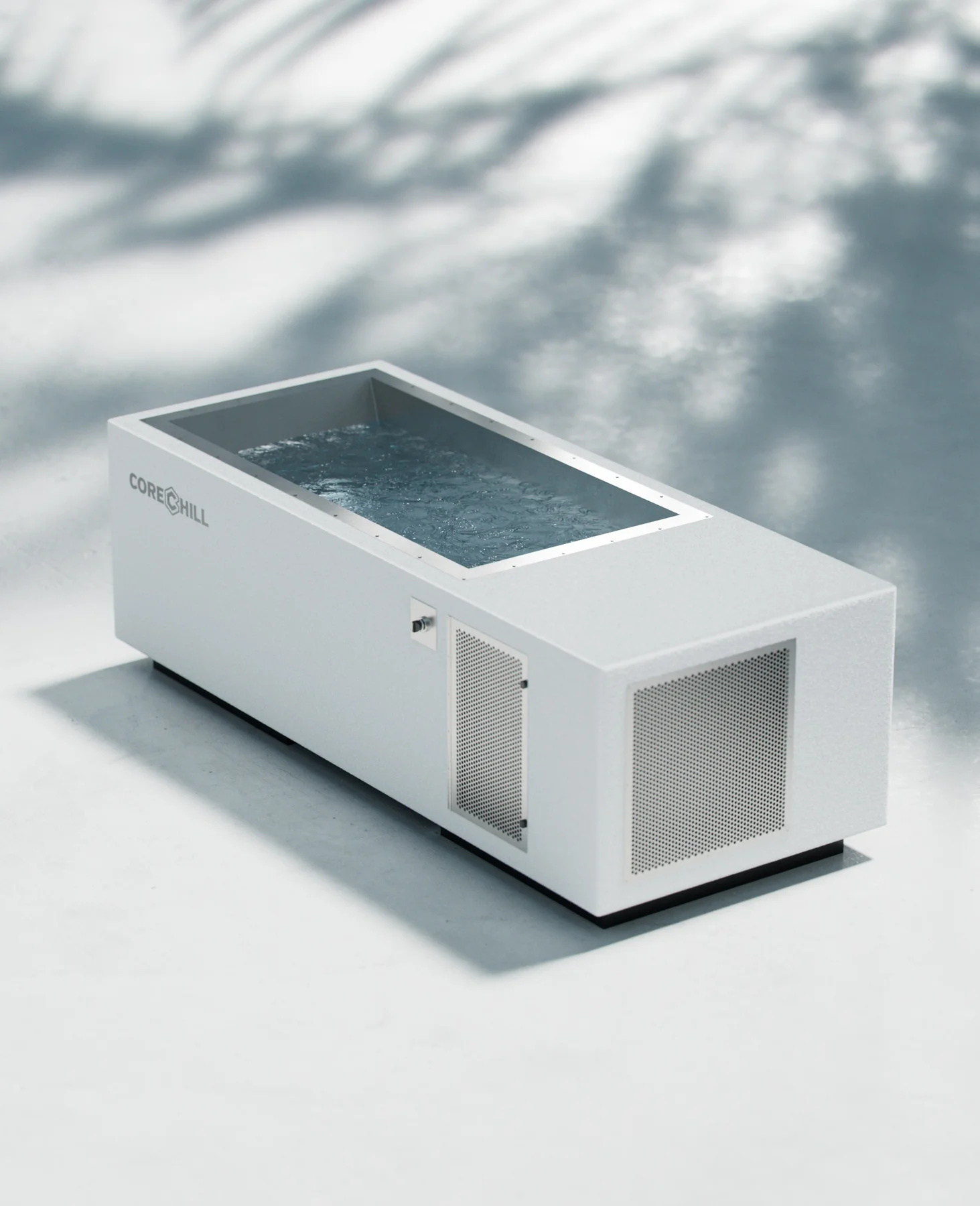
Cameron
Table of Contents
Deliberate cold exposure is taking over the health and fitness community each day. After reviewing almost all the cold plunge devices on the market we found a common inconsistency in the way they talk about their product so we wanted to make sure to get content out there that was missing. Obviously, that has to do with flow rates for the chillers within the systems.
Cold plunging is not a cheap thing to just jump into, you are making a large investment if you plan on taking this practice seriously so you deserve to know every little detail about how to make the most out of the hard-earned money you spent. In this article, we break down what flow rates are for cold plunging, why they matter, and what the thermal is.
What are Flow Rates For Cold Plunging?
Flow rate is an overlooked thing when it comes to Cold Plunging devices in our option. After reviewing almost all the major cold plunges on the market, there around only a couple that focuses on providing their audience with information about flow rates, what they are, and why they matter.
That is why we are writing this post, to help inform the cold plungers out there that want to make the best decision when it comes to making the investment into one of these devices. You would think that since people are making a minimum of $1,200 purchases (even for the baseline models of devices) that the companies would at least provide all the information needed to make a sound decision in this process, so here we are.
Flow Rates
Flow rates have to do with how much water is flowing or circulating through the device. The water needs to mimic the flow of a natural stream to break the thermal player that develops naturally through the process of cold plunging.
The easiest way to tell if you have a low flow rate of water is just by simply moving your body around. If the experience of cold plunging intensifies than the water has little to no flow rate meaning that when you plunge, to break that thermal layer you need to be moving a bit.
You do not need ot buy a whole new device to make the most of your purchase, just be sure to move around a bit in the water so you actually reap all the benefits of cold plunging (which you probably intended to do in the first place).
Why it matters
Filling tubs and barrels with water that is then chilled provides immediate cold exposure. Most the time the water will approach mid to low 30s through the process.
However, your body heat veins to immediately heat up the water as soon as you get into the tub. A mix of rising water temperature and the presence of the thermal layer that builds up means a less effective cold exposure experience. Your body is not forced to adapt as well when this happens.
Breaking The Thermal Layer
Breaking the thermal layer that builds up after you start to sit in cold water is extremely improatnt to get the most out of the cold plunging experience and we are seeing more and more companies not really mention this key feature in their product descriptions.
Although significantly better than still water, low flow rates are not powerful to prevent your body heat from affecting the water temperature. In addition, they cannot handle back-to-back, high-volume cold plunging.
The best thing about high-flow rate systems is that it forces your body to work harder and adapt more to the cold exposure you are deliberately putting it through. Every second your body is forced to adapt to high flow rate cold plunges because there is no give or breaks.
The Problem with most Ice baths & Low-Flow/Still Water Cold Plunges
- Rising temperatures from using the cold plunge makes the plunge less effective
- Non-flow means no consistency in the water temperature
- Does not break the thermal layer
- No mention of flow rates
If you are going with the DIY route of even unpacking your cold plunge chiller there should be a mention on the device where you can find the flow rate of the water. If there is not, then you just need to move around in the tub a bit more to make sure you are getting the most out of what you invested. The measurement of flow for a system is measured in gallons-per-minute (GPM) or gallons-per-hour (GPH). The higher those numbers the better the flow.
Find the top rated cold plunges here. In depth reviews and commentary on the best cold plunge devices on the market. Find exclusive discounts and much more.

